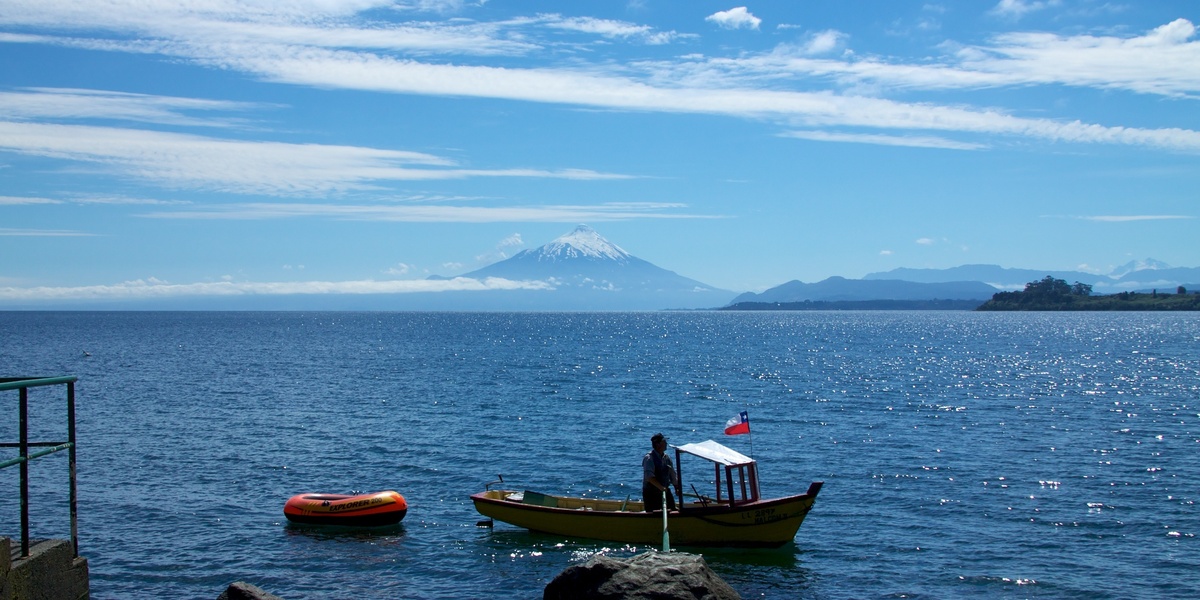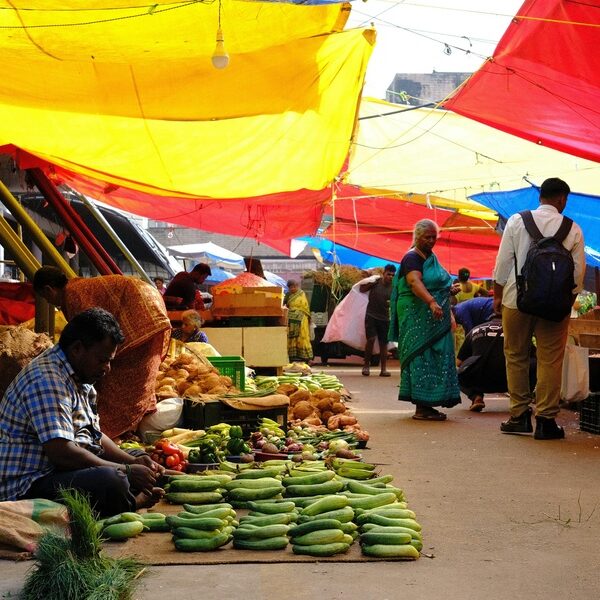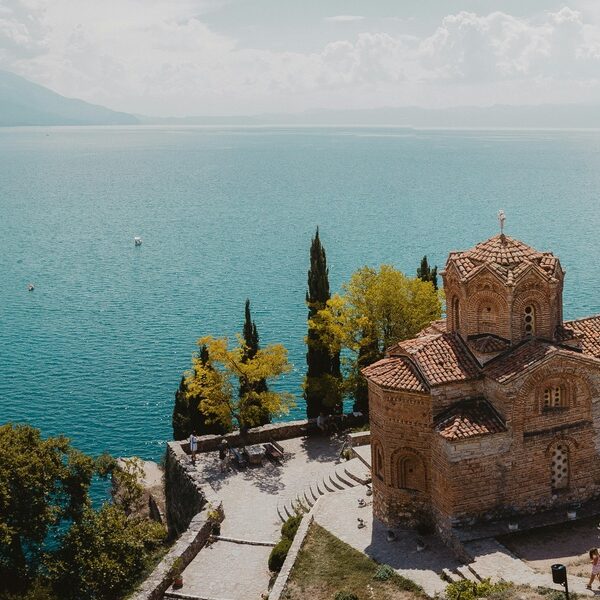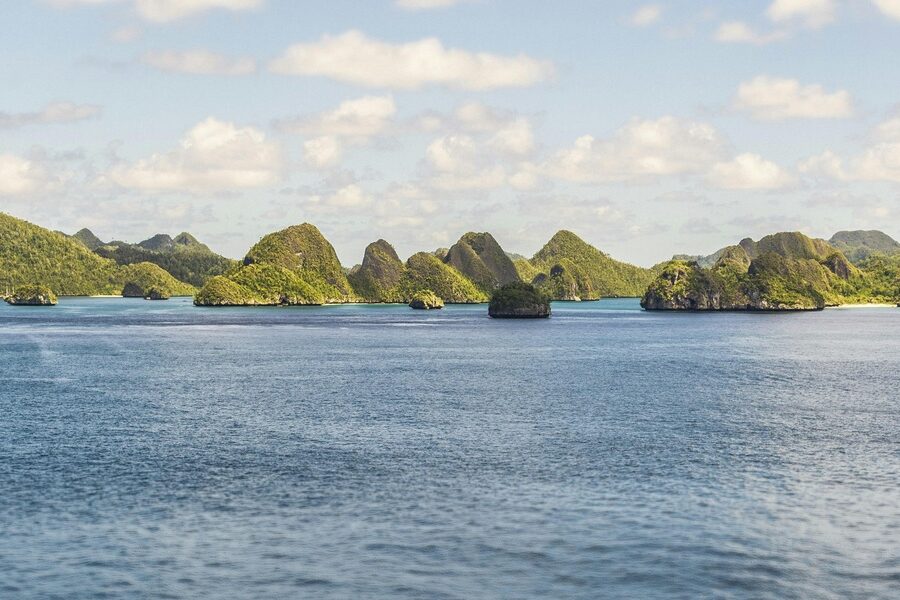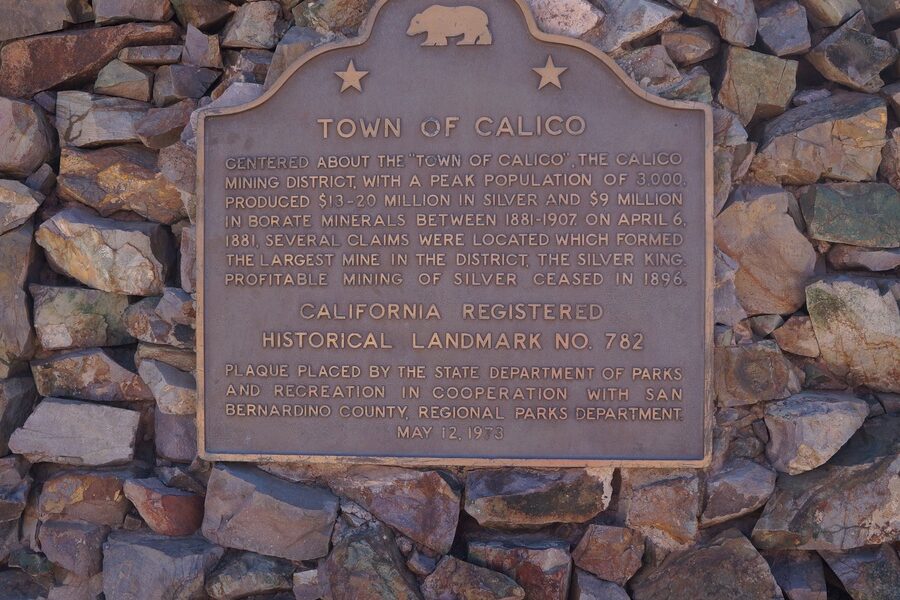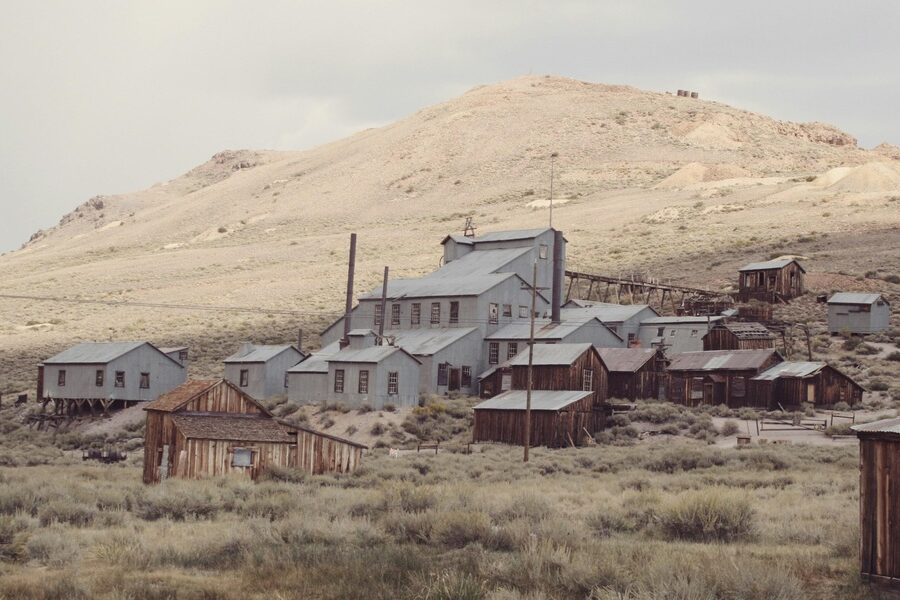Chile’s long spine of mountains and varied climate creates a remarkable patchwork of lakes, from high-altitude salt pans to deep forest basins. Whether you’re planning a trip, studying hydrology, or just curious about geography, a clear list makes it easy to see how these bodies of water fit into the country’s landscape.
There are 50 Lakes in Chile, ranging from Lago Bertrand to Lagunas Cotacotani. For each entry the list is organized with the columns Region,Surface area (km2),Notable to help you compare location and size — you’ll find below.
How are the lakes spread across Chile’s regions?
Lakes are unevenly distributed: the northern regions have fewer, often smaller and saline, while the Lake District and the southern regions contain the bulk of large, freshwater lakes formed by glacial and volcanic activity; the Region,Surface area (km2),Notable columns will make these patterns clear.
How reliable are the surface area figures and can they change?
Surface areas are best viewed as estimates: seasonal variation, measurement method, and recent hydrological events can alter numbers slightly, so use the listed Surface area (km2) as a comparative guide and check recent local sources for precise, up-to-date measurements.
Lakes in Chile
| Name | Region | Surface area (km2) | Notable |
|---|---|---|---|
| Lago Chungará | Arica y Parinacota | 21.5 | One of the highest lakes in the world, within Lauca National Park. |
| Lagunas Cotacotani | Arica y Parinacota | 6 | Complex of interconnected volcanic lakes with numerous lava islands. |
| Laguna Miscanti | Antofagasta | 15 | High-altitude lagoon of intense blue color, part of Los Flamencos National Reserve. |
| Laguna Miñiques | Antofagasta | 1.5 | Volcanic lagoon located next to Laguna Miscanti, separated by a lava flow. |
| Laguna Lejía | Antofagasta | 1.9 | Hypersaline lake with stunning volcanic backdrops near the Lascar volcano. |
| Laguna Tara | Antofagasta | 48 | Part of the Salar de Tara, a wetland of international importance (Ramsar site). |
| Laguna Tuyajto | Antofagasta | 5.6 | High-altitude salt lake with a distinct bright turquoise or white appearance. |
| Laguna Verde | Atacama | 17 | High-altitude lake at the foot of Ojos del Salado, world’s highest volcano. |
| Laguna del Negro Francisco | Atacama | 40 | High-altitude lake system in Nevado Tres Cruces National Park. |
| Laguna del Inca | Valparaíso | 2 | Emerald-colored lake in the Andes with a famous Inca legend; near Portillo. |
| Laguna del Maule | Maule | 56 | Volcanic caldera lake surrounded by a massive active volcanic field. |
| Laguna de la Laja | Biobío | 100 | Located in Laguna del Laja National Park, at the foot of Antuco Volcano. |
| Laguna Icalma | Araucanía | 12 | Andean lake near the border with Argentina, surrounded by araucaria forests. |
| Laguna Galletué | Araucanía | 15.5 | Source of the Biobío River, Chile’s second longest river. |
| Lago Budi | Araucanía | 56 | One of the few saltwater lakes in South America, connected to the Pacific. |
| Lago Colico | Araucanía | 56 | Large glacial lake known for its warm waters and sandy beaches. |
| Lago Caburgua | Araucanía | 53 | Known for its exceptionally clear blue waters and volcanic sand beaches. |
| Lago Villarrica | Araucanía | 176 | Major tourist hub, with the city of Pucón on its shore. |
| Lago Calafquén | Los Ríos | 120.6 | One of the “Seven Lakes”, known for its many islands and peninsulas. |
| Lago Panguipulli | Los Ríos | 117 | One of the “Seven Lakes”, its name means “land of pumas” in Mapudungun. |
| Lago Riñihue | Los Ríos | 77.5 | The last of the great “Seven Lakes” chain, fed by the San Pedro River. |
| Lago Pellaifa | Los Ríos | 14 | Small, tranquil lake in the Seven Lakes chain, between Calafquén and Panguipulli. |
| Lago Neltume | Los Ríos | 9.5 | Small but beautiful lake located at the foot of the Mocho-Choshuenco volcano. |
| Lago Pirihueico | Los Ríos | 30.4 | Long, narrow, fjord-like lake providing a ferry crossing to Argentina. |
| Lago Ranco | Los Ríos | 442 | Chile’s fourth-largest lake, featuring numerous islands and recreational activities. |
| Lago Maihue | Los Ríos | 49 | Large lake connected to Lago Ranco, known for excellent fishing. |
| Lago Puyehue | Los Lagos | 157 | Located in Puyehue National Park, on the international route to Bariloche. |
| Lago Rupanco | Los Lagos | 223 | Large and deep glacial lake known for fishing and its volcanic setting. |
| Lago Llanquihue | Los Lagos | 860 | Chile’s second-largest lake, with stunning views of Osorno and Calbuco volcanoes. |
| Lago Todos los Santos | Los Lagos | 178.5 | Famous for its emerald-green waters, located within Chile’s oldest national park. |
| Lago Chapo | Los Lagos | 50 | Located southeast of Lago Llanquihue, at the foot of Calbuco volcano. |
| Lago Yelcho | Los Lagos | 116 | Glacial lake on the Carretera Austral, famed for its large trout. |
| Lago Espolón | Los Lagos | 13 | Located near Futaleufú, a popular destination for kayaking and fishing. |
| Lago Palena | Los Lagos | 135 | Transboundary lake shared with Argentina, known for its pristine Patagonian setting. |
| Lago Rosselot | Aysén | 33.7 | Located on the Carretera Austral, giving its name to a national reserve. |
| Lago Verde | Aysén | 1.7 | Small lake that gives its name to the surrounding commune, known for its beauty. |
| Lago General Carrera | Aysén | 1,850 | Chile’s largest lake; shared with Argentina; site of the Marble Caves. |
| Lago Bertrand | Aysén | 48.1 | Fed by Lago General Carrera, it is the source of the powerful Baker River. |
| Lago Negro | Aysén | 18 | Located south of Lago General Carrera, known for its dark waters. |
| Lago Cochrane | Aysén | 325 | Transboundary lake (Pueyrredón in Argentina) in Patagonia National Park. |
| Lago O’Higgins | Aysén | 1,013 | Deepest lake in the Americas (836 m); shared with Argentina (San Martín). |
| Lago del Toro | Magallanes | 202 | Large, multi-lobed lake at the entrance to Torres del Paine National Park. |
| Lago Sarmiento | Magallanes | 90 | Known for its unique calcium carbonate formations (thrombolites) on its shores. |
| Lago Nordenskjöld | Magallanes | 28 | Glacial lake in Torres del Paine, named after Swedish explorer Otto Nordenskjöld. |
| Lago Pehoé | Magallanes | 22 | Famous for its intense turquoise color, located in the heart of Torres del Paine. |
| Lago Grey | Magallanes | 32.5 | Fed by the massive Grey Glacier, featuring floating icebergs. |
| Lago Dickson | Magallanes | 17.5 | Remote transboundary lake in northern Torres del Paine National Park. |
| Lago Fagnano | Magallanes | 590 | Largest lake on Tierra del Fuego island, shared with Argentina. |
| Lago Deseado | Magallanes | 12 | Transboundary lake on Tierra del Fuego, surrounded by subpolar forests. |
| Lago Blanco | Magallanes | 143 | Largest lake located entirely within the Chilean part of Tierra del Fuego. |
Images and Descriptions
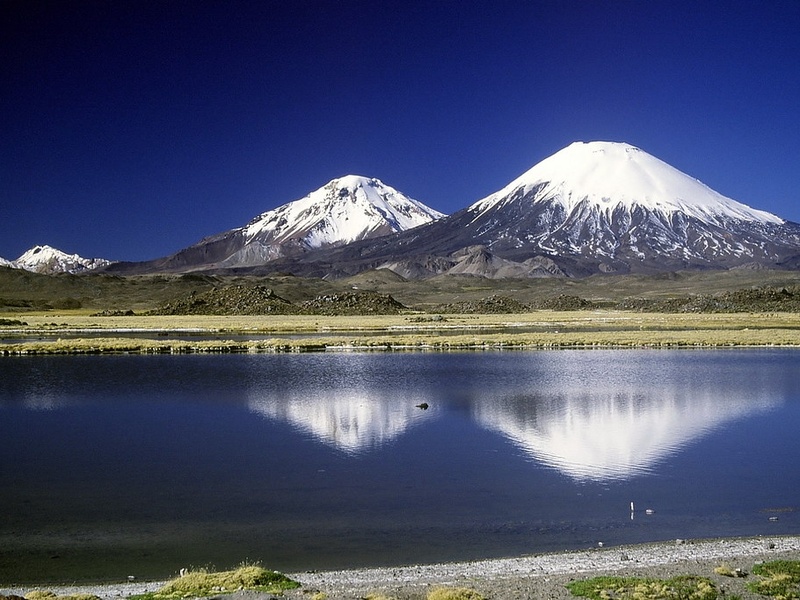
Lago Chungará
Lago Chungará is a high-altitude Andean lake in northern Chile. It sits near towering volcanoes and supports rare wildlife. Include it for its scenic value and ecological importance in the Altiplano.
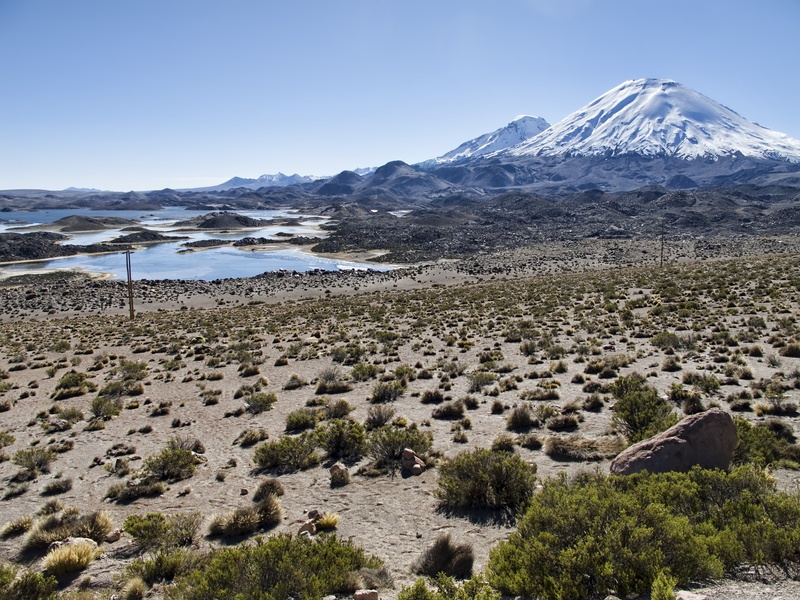
Lagunas Cotacotani
Lagunas Cotacotani are a group of small highland ponds near Chungará. They form a linked wetland system on the Altiplano. Include them as typical examples of clustered Andean lagoons.
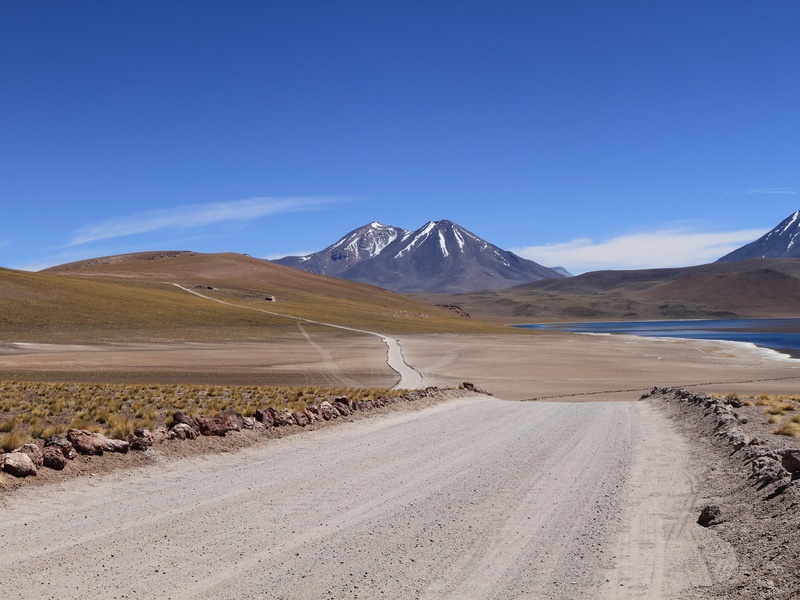
Laguna Miscanti
Laguna Miscanti is a salt-rich Andean lake on the altiplano. It lies in a volcanic landscape and shows vivid blue water. Note its role as a highland wetland and tourist stop.
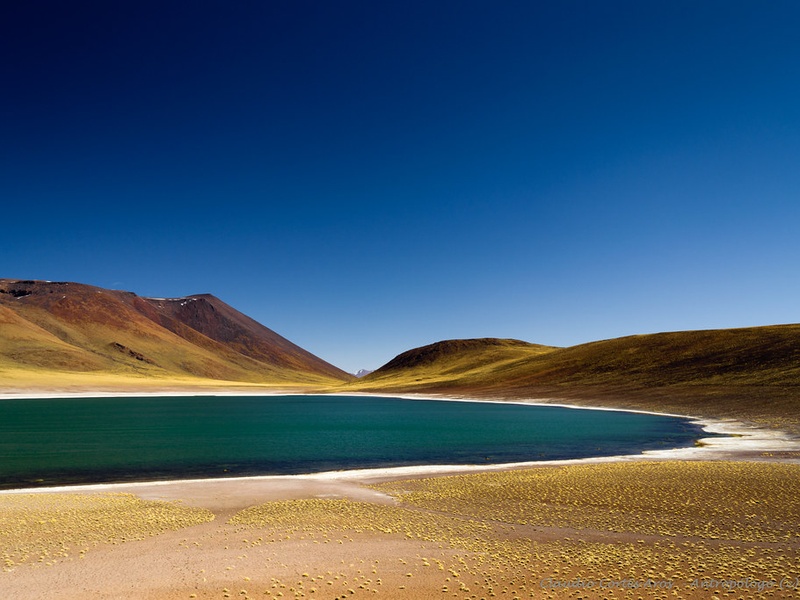
Laguna Miñiques
Laguna Miñiques is a shallow mountain lagoon next to Miscanti. It hosts migratory birds and alpine vegetation. Include it as part of the scenic highland lagoon pair.
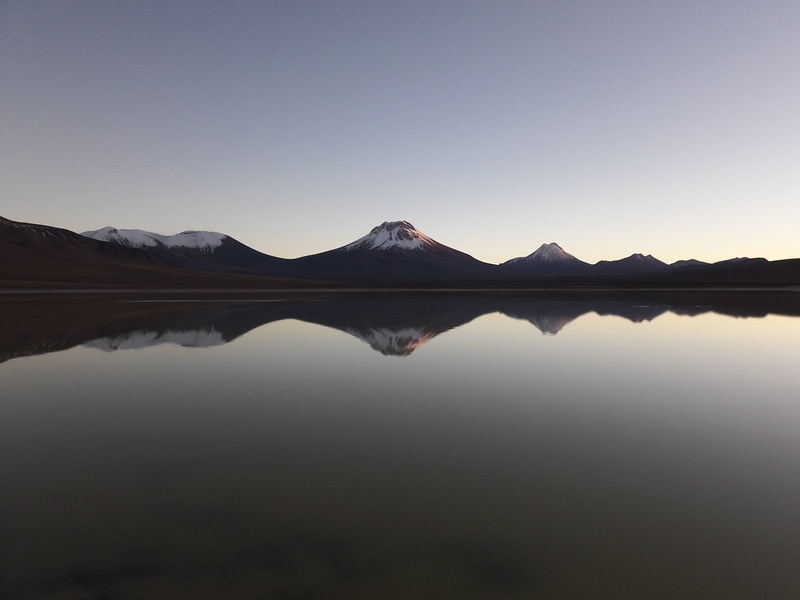
Laguna Lejía
Laguna Lejía is a remote volcanic lake on the northern Altiplano. It sits in a wide volcanic basin and supports unique plants and birds. Use it to represent remote Andean waterbodies.
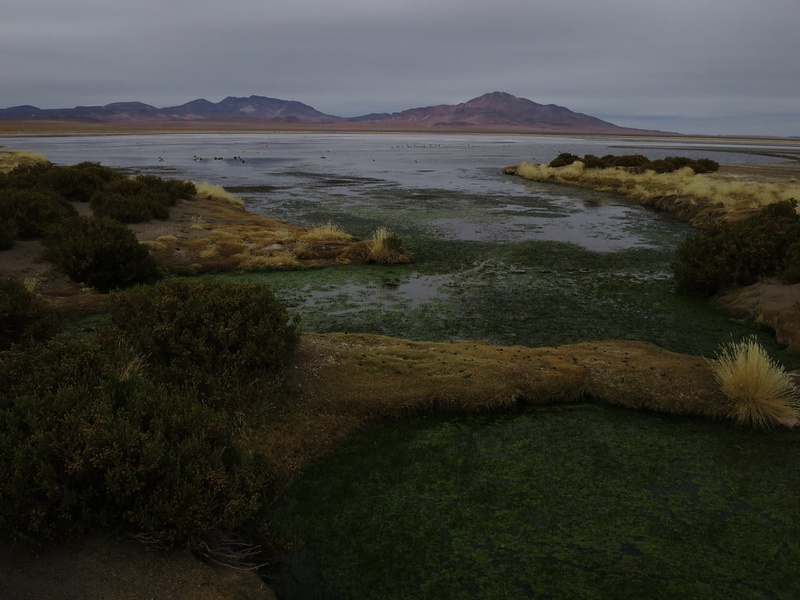
Laguna Tara
Laguna Tara is a high plain lagoon in the northern Andes. It forms part of fragile salt flats and wetlands. Include it to show diverse small highland lakes.
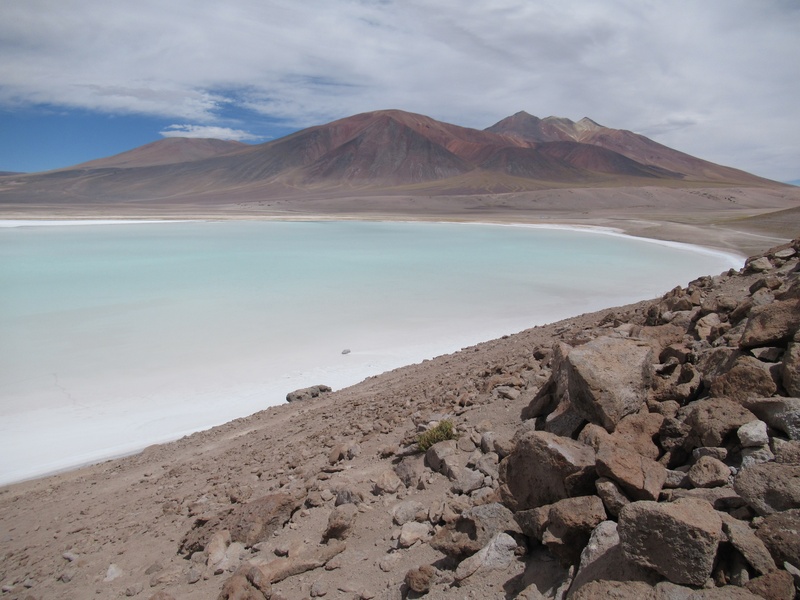
Laguna Tuyajto
Laguna Tuyajto is a saline lagoon on the Altiplano. It shows strong seasonal changes and salty margins. Include it to illustrate salt-influenced highland lakes.
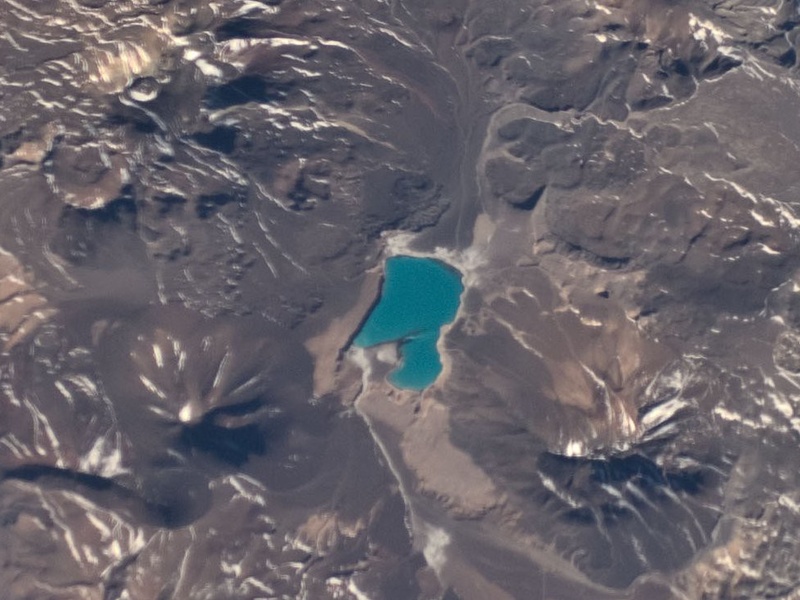
Laguna Verde
Laguna Verde is a high Andean lake with a greenish tint. Several Chilean lakes share this name in volcanic areas. Note its typical volcanic and mineral-driven color.
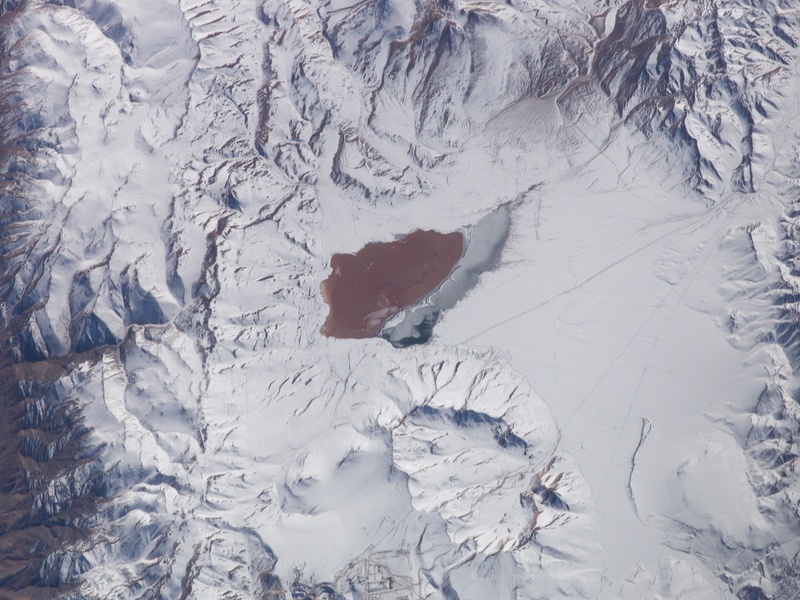
Laguna del Negro Francisco
Laguna del Negro Francisco is a saline, high plain lake in northern Chile. It lies in an arid volcanic zone and shows stark desert scenery. Include it as a notable northern salt lake.
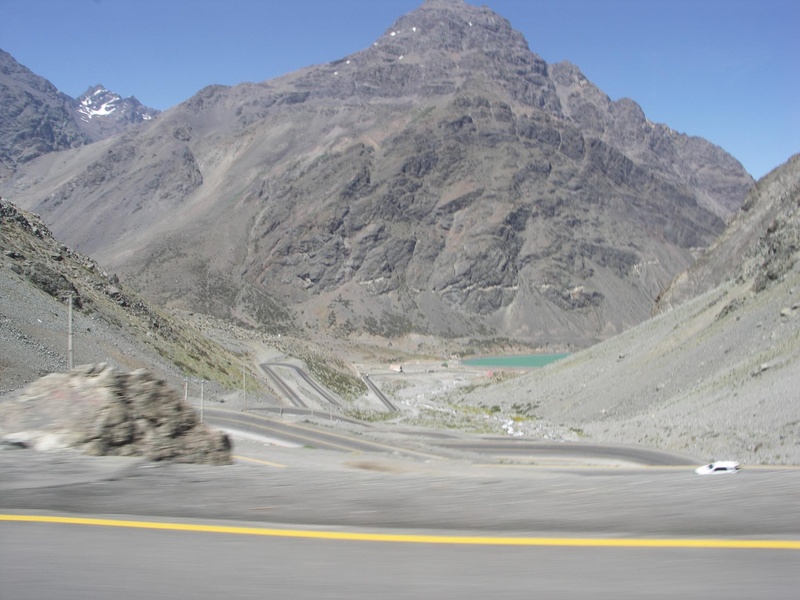
Laguna del Inca
Laguna del Inca is an alpine lake near the border pass in the central Andes. It sits below steep slopes and is famous for its deep green water. Use it to represent high mountain lakes near ski areas.
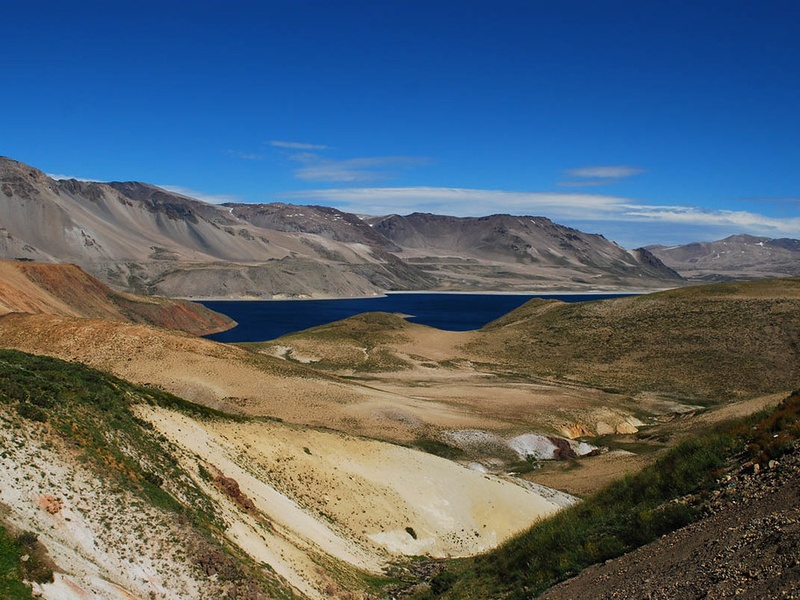
Laguna del Maule
Laguna del Maule is a mountain reservoir in central Chile. It rests in a volcanic area and connects with hydroelectric systems. Include it for its role in water storage and outdoor recreation.
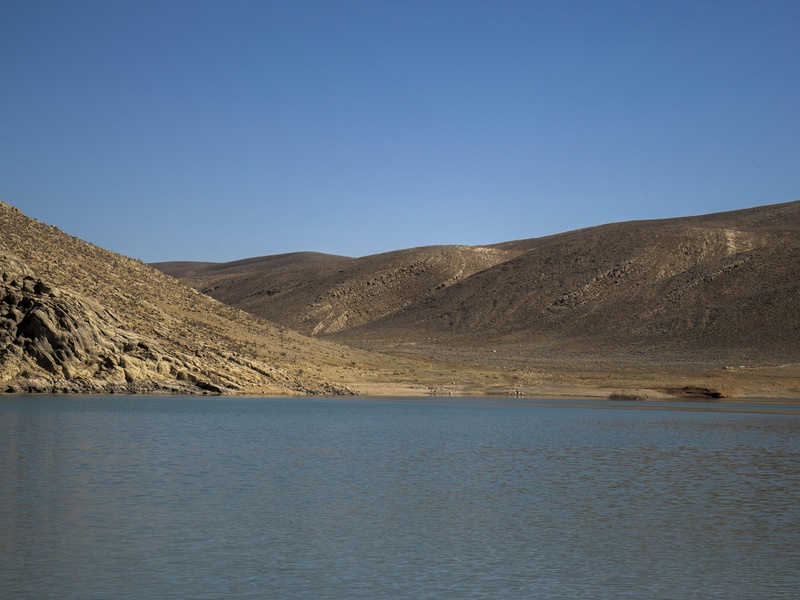
Laguna de la Laja
Laguna de la Laja is a crater-fed reservoir at the base of a volcano in south-central Chile. It serves power and recreation needs. Include it as an example of man-made and natural lake interaction.
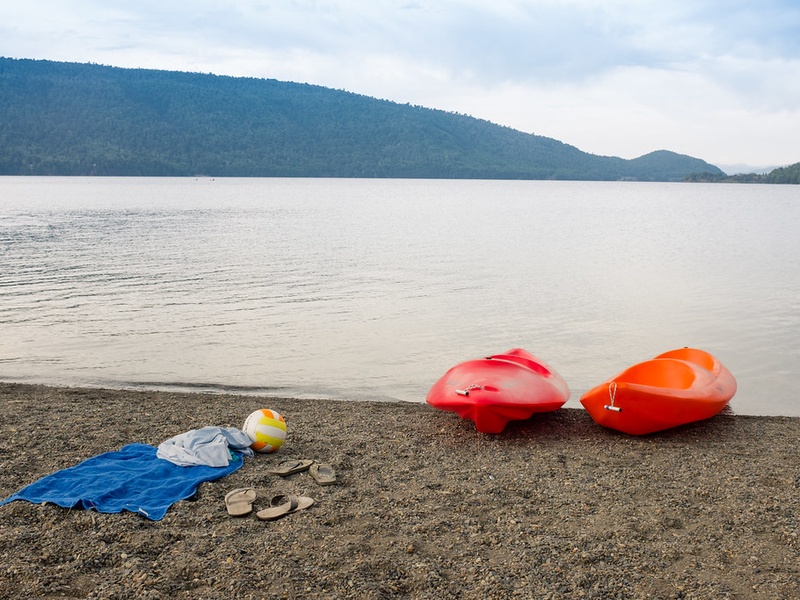
Laguna Icalma
Laguna Icalma is an Andean lake in southern Chile. It lies amid native forest and volcanic peaks. Include it for its quiet mountain setting and local cultural ties.
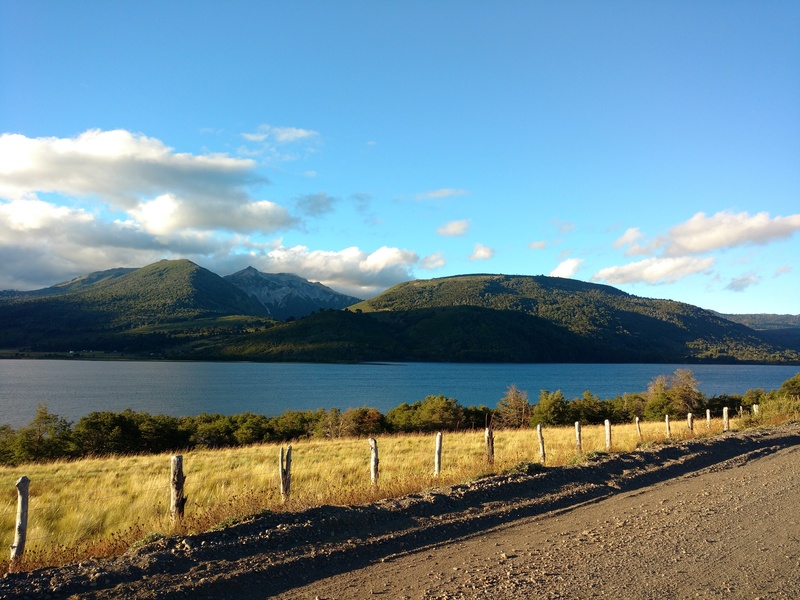
Laguna Galletué
Laguna Galletué is a clear mountain lake in the Araucanía highlands. It sits near Mapuche communities and old forests. Include it for its cultural and ecological importance.
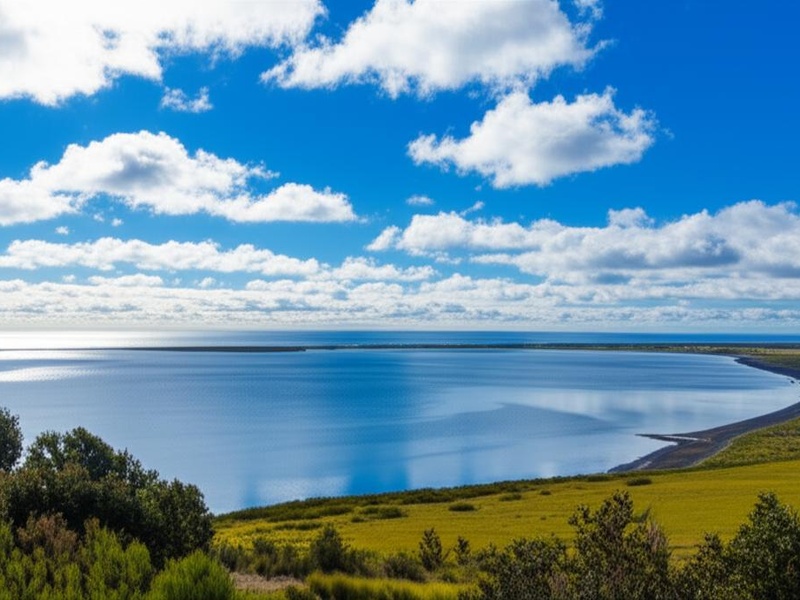
Lago Budi
Lago Budi is a coastal brackish lake in southern Chile. It connects with streams and supports Mapuche fishing traditions. Include it to show coastal-lake diversity in Chile.
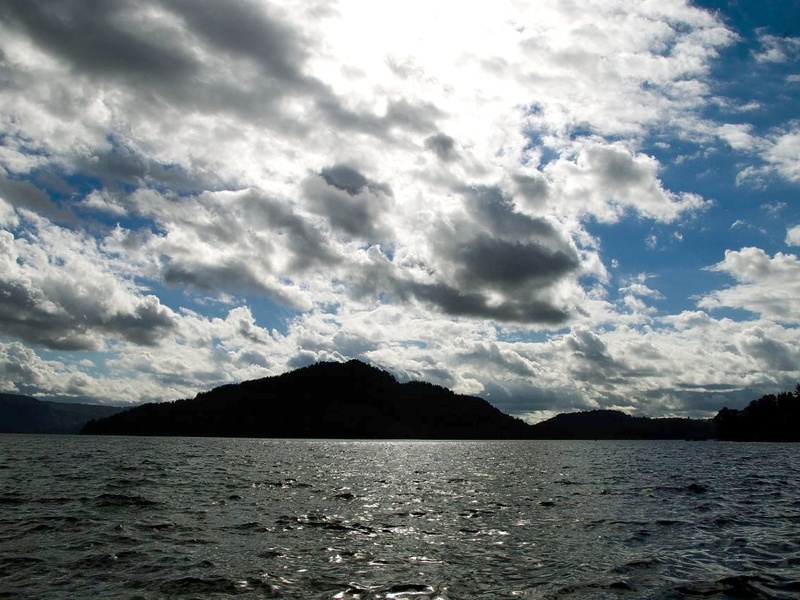
Lago Colico
Lago Colico is a forested lake in the Lake District. It offers fishing and calm waters near small towns. Use it as an example of mid-size recreational lakes in the south.
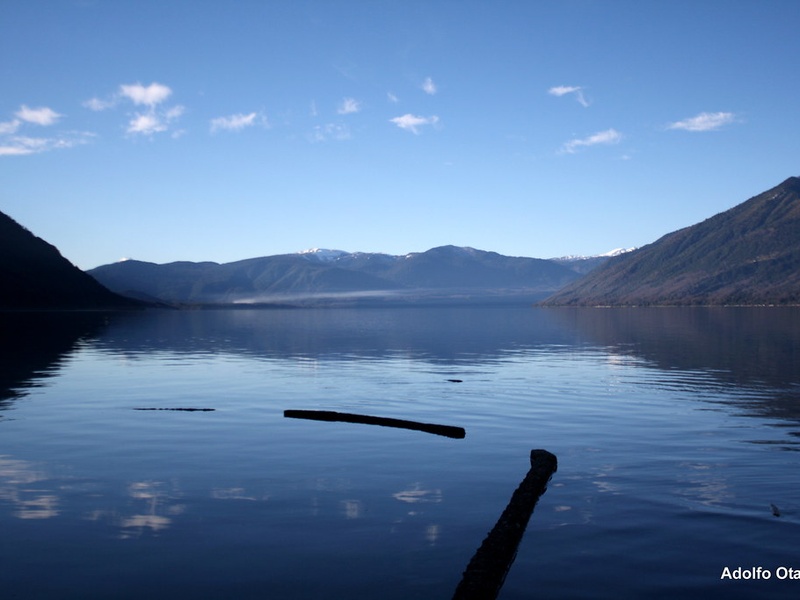
Lago Caburgua
Lago Caburgua is a volcanic lake near a popular tourist town. It shows clear water and lava-formed shores. Include it for its easy access and day-trip appeal.
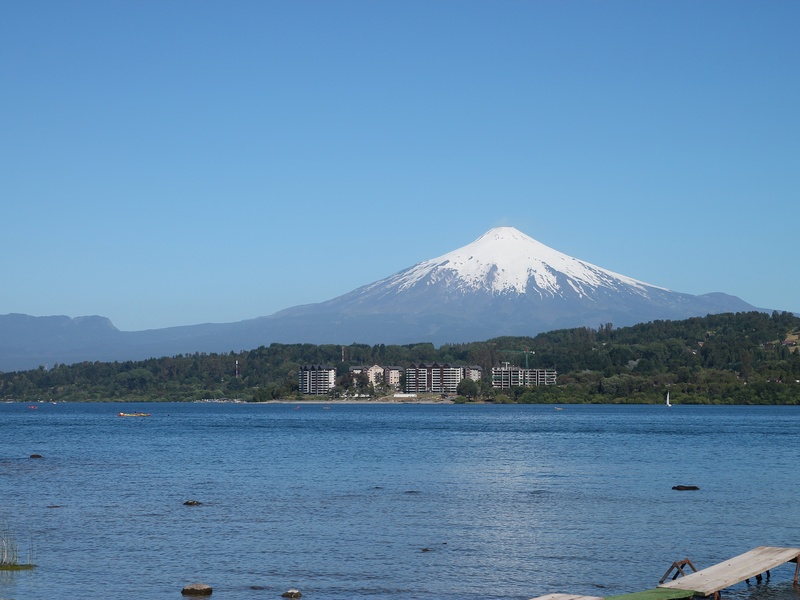
Lago Villarrica
Lago Villarrica sits below an active volcano and near the town of the same name. It supports boating and watersports. Include it for dramatic volcano-and-lake scenery.
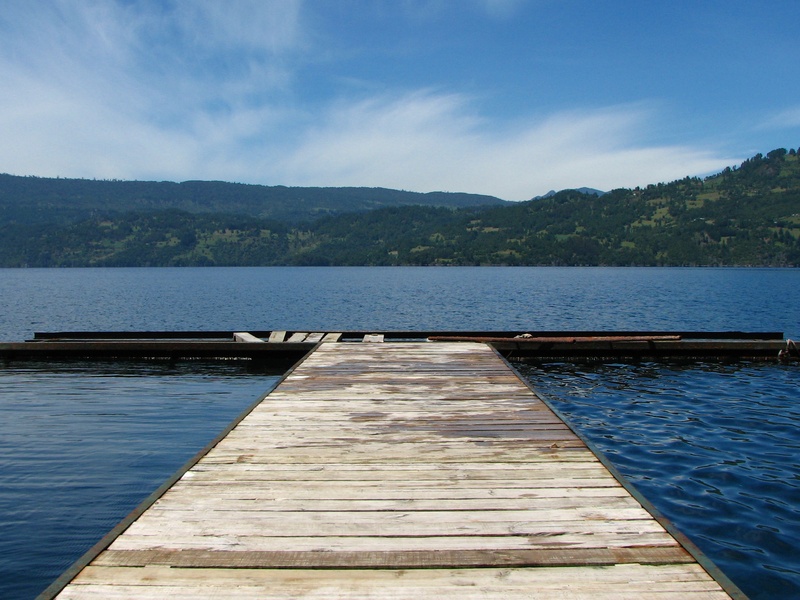
Lago Calafquén
Lago Calafquén is a forested lake in the central Lake District. It links to rivers and small communities. Include it to represent the chain of glacial lakes in this region.
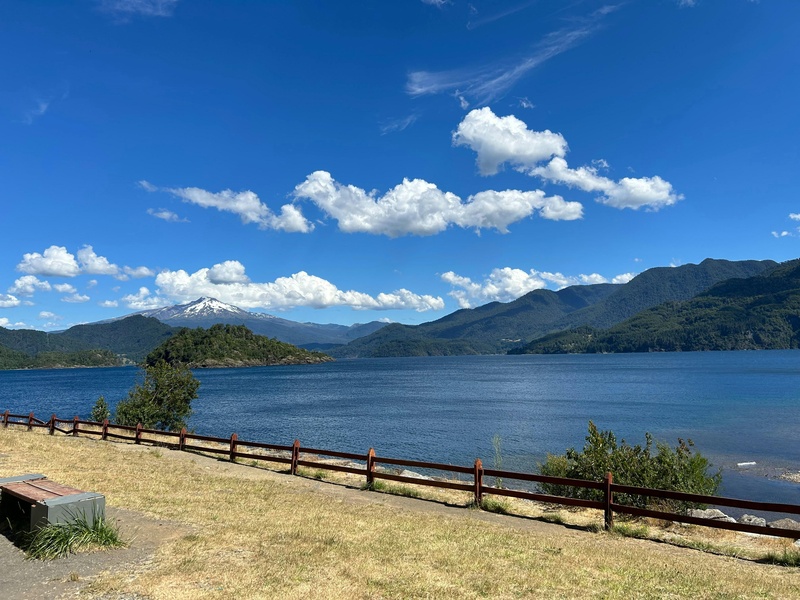
Lago Panguipulli
Lago Panguipulli lies in the Seven Lakes area and is ringed by hills and towns. It supports tourism and fishing. Include it as part of the classic Lake District circuit.
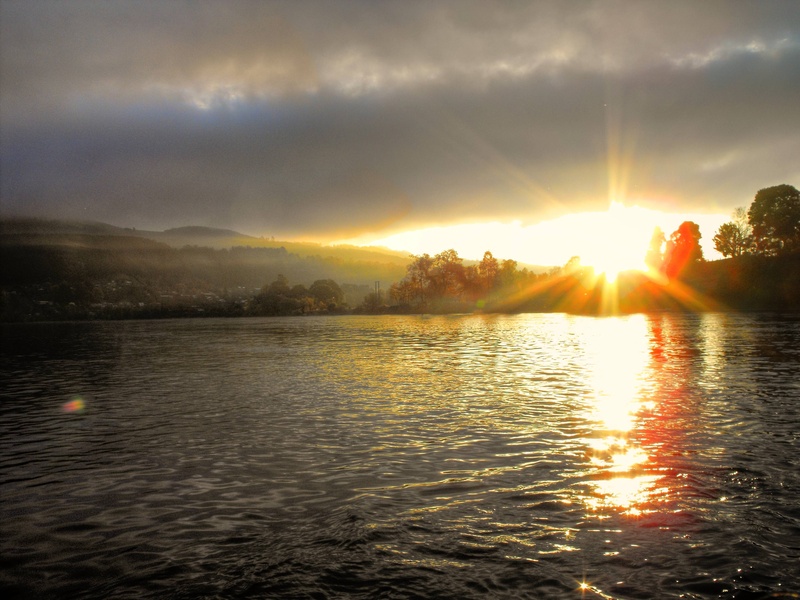
Lago Riñihue
Lago Riñihue is a glacial lake in southern Chile known for strong river flows and historic landslide risk. It drains toward the coast and links to populated valleys. Include it for its historical and hydrological relevance.
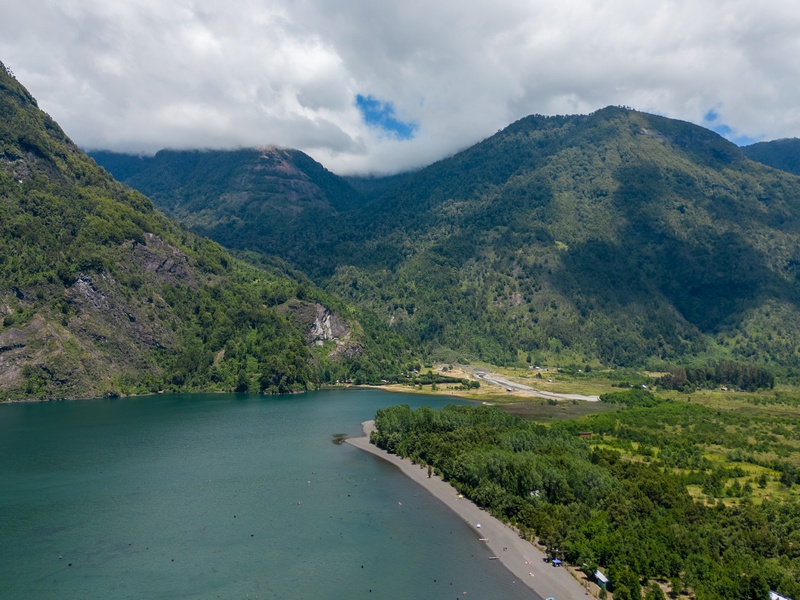
Lago Pellaifa
Lago Pellaifa is a small lake in the Lake District. It sits near forested hills and rural communities. Use it as an example of the many modest lakes that dot southern Chile.
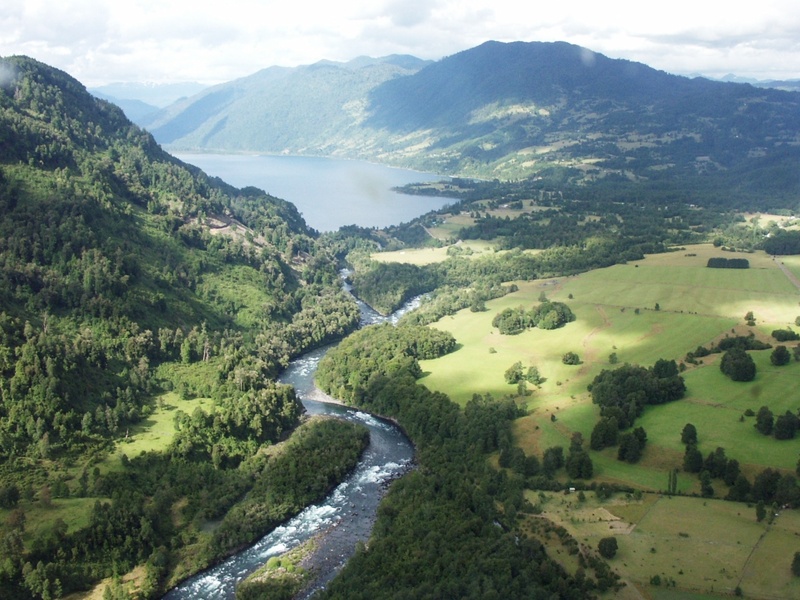
Lago Neltume
Lago Neltume is a mountain lake surrounded by native forest. It connects to rivers and offers quiet recreation. Include it to show lesser-known but accessible Lake District sites.
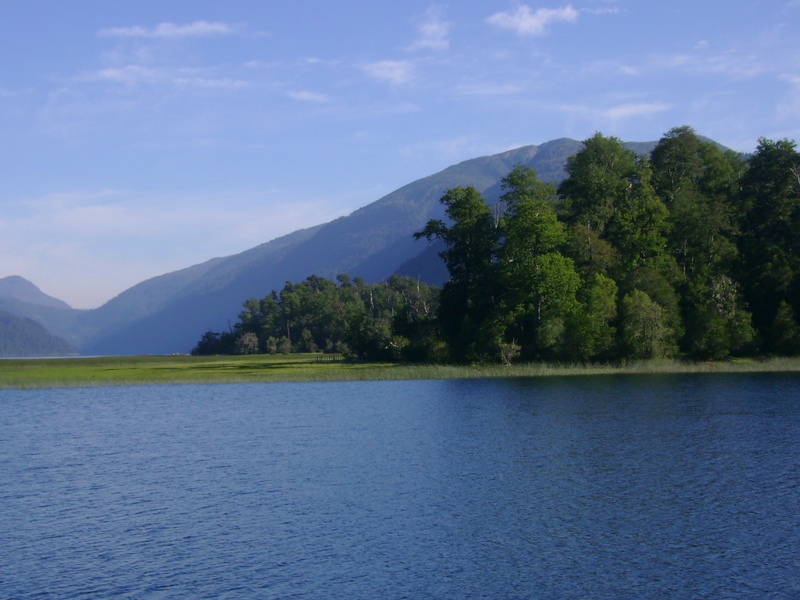
Lago Pirihueico
Lago Pirihueico is a long, fjord-like lake near the Argentine border. A ferry crosses it and links remote roads. Include it because it shows cross-border mountain-lake transport.
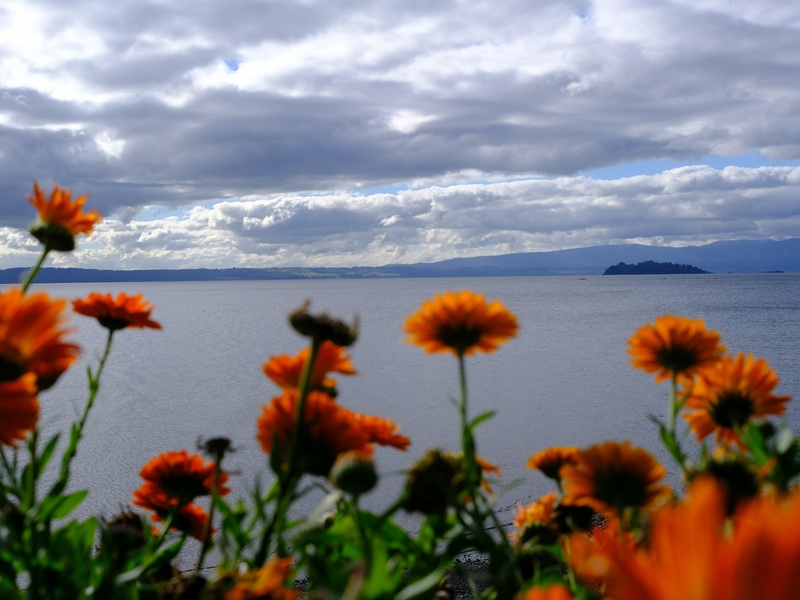
Lago Ranco
Lago Ranco is a large lake with sandy beaches and nearby towns. It sits in a fertile valley and attracts tourists in summer. Include it for its size and community connections.
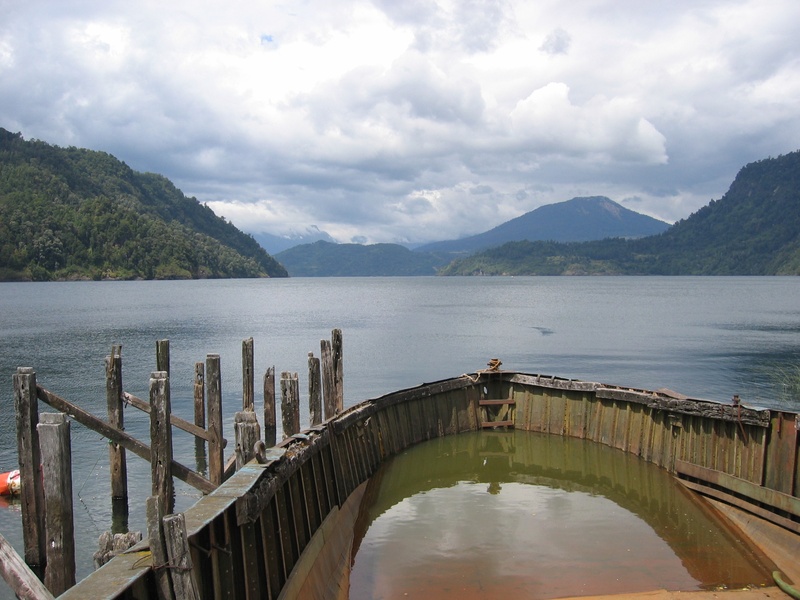
Lago Maihue
Lago Maihue is a glacial lake near Ranco with clear waters and forested shores. It drains to local rivers and supports fishing. Use it to illustrate glacial lakes with low development.
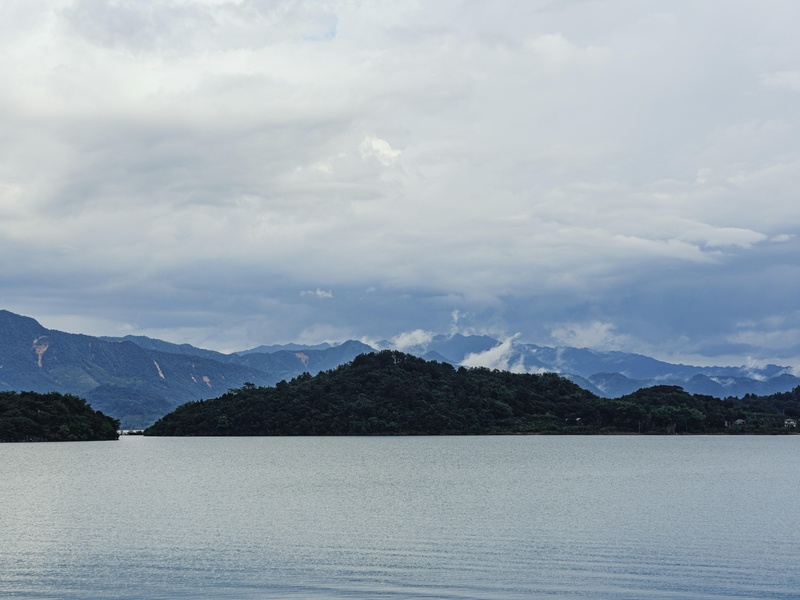
Lago Puyehue
Lago Puyehue sits inside a national park near a volcanic complex. It links to hot springs and hiking trails. Include it for its park access and outdoor activities.
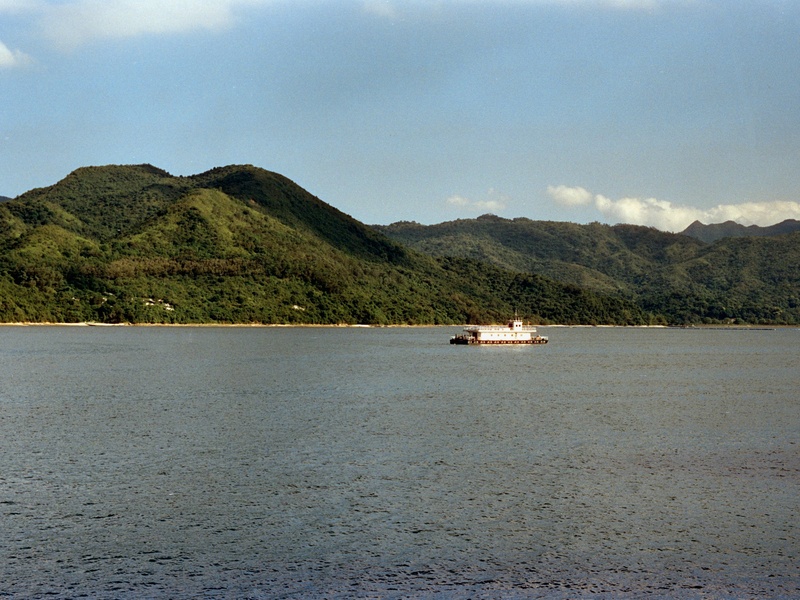
Lago Rupanco
Lago Rupanco is a deep lake in the Lake District known for trout fishing. It lies beneath volcanic slopes and forest. Include it for sport fishing and scenic vistas.
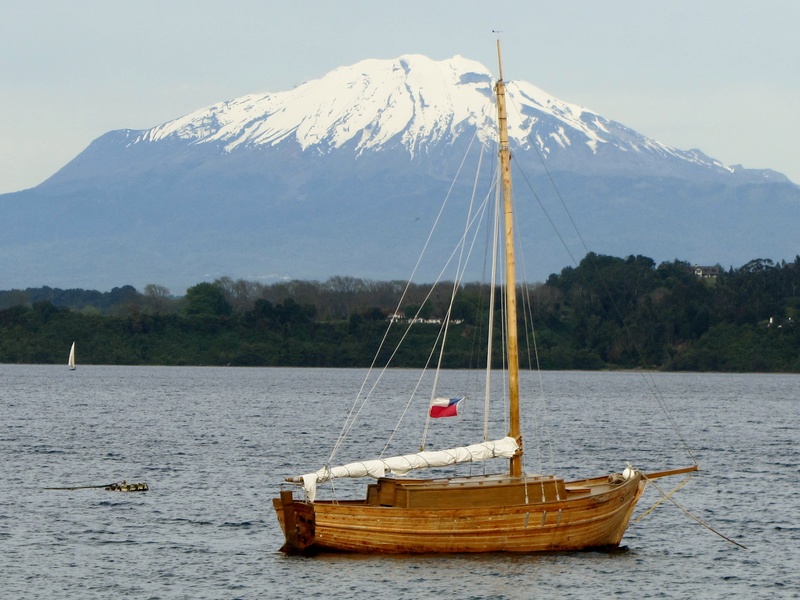
Lago Llanquihue
Lago Llanquihue is one of Chile’s largest lakes and sits near several towns. It offers striking views of volcanic peaks and strong tourism. Include it for its size, access, and cultural importance.
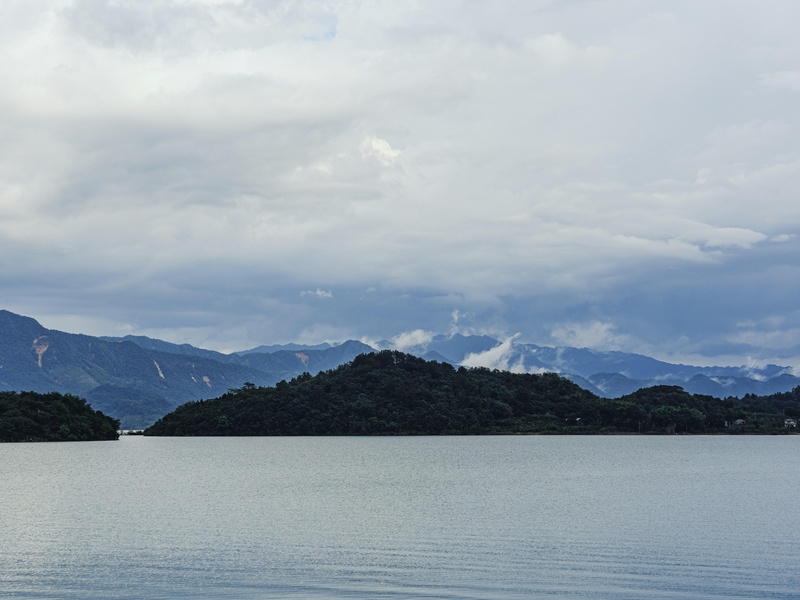
Lago Todos los Santos
Lago Todos los Santos is an emerald lake in a national park of the Lake District. It features waterfalls and clear water. Include it for iconic alpine-lake scenery and boat excursions.
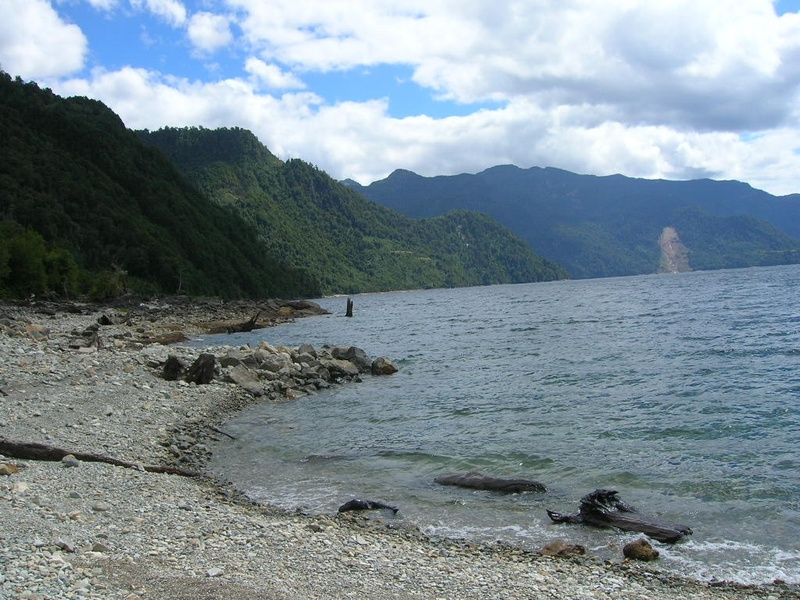
Lago Chapo
Lago Chapo is a mid-sized lake in the Los Lagos region. It links to rivers that reach coastal fjords. Use it as an example of inland lakes that connect to Chile’s fjord system.
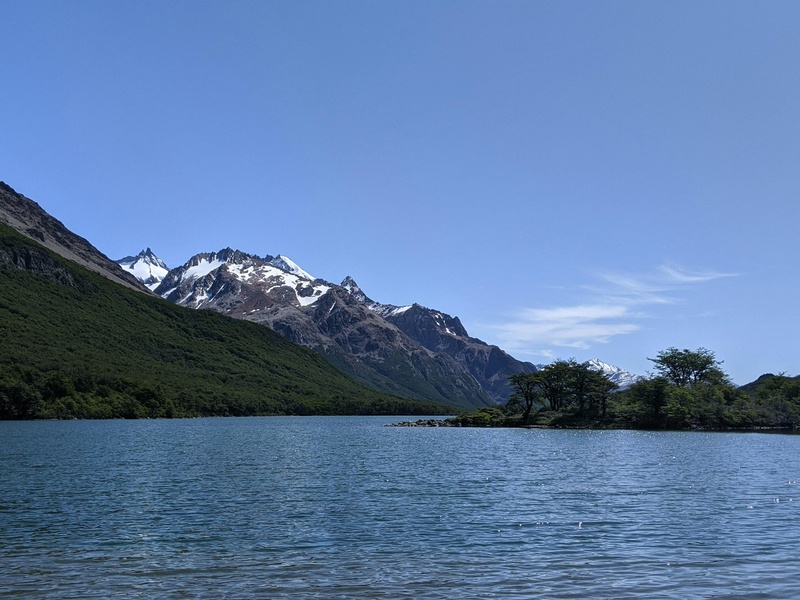
Lago Yelcho
Lago Yelcho is a remote lake famed for sport fishing and wild landscapes. It lies near glaciers and temperate rainforest. Include it for wilderness fishing and fly-fishing culture.
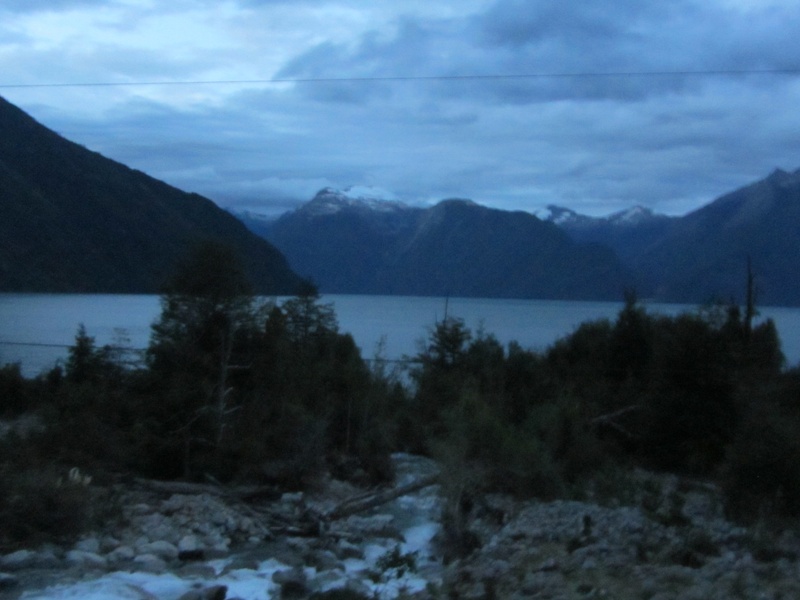
Lago Espolón
Lago Espolón is a Patagonian lake in the Palena area. It sits within rugged mountains and forest. Use it to represent smaller but scenic lakes in northern Patagonia.
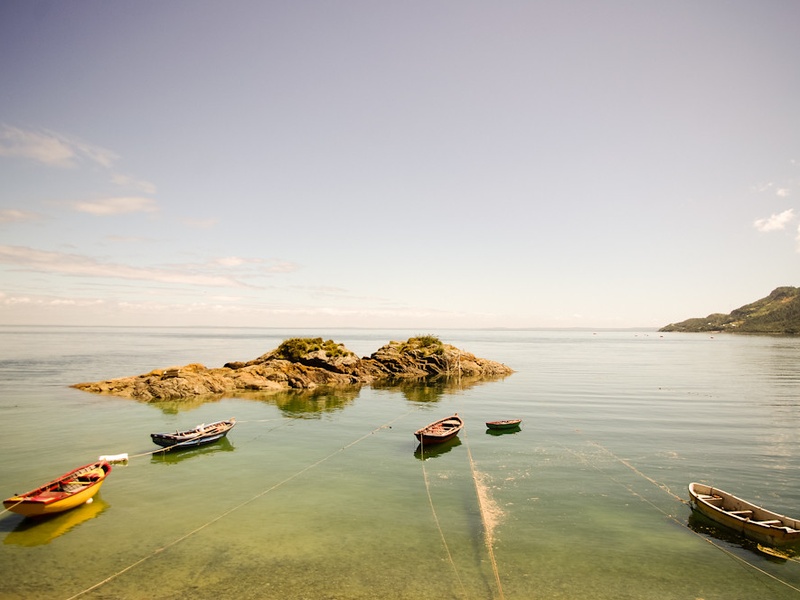
Lago Palena
Lago Palena is a highland lake in the Palena province. It feeds rivers that carve deep valleys. Include it as part of the mountain-lake systems that shape regional rivers.
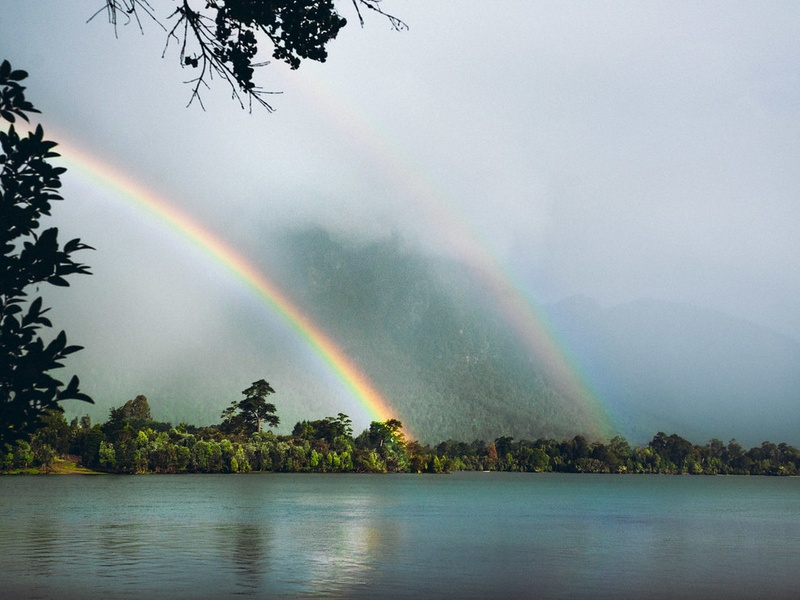
Lago Rosselot
Lago Rosselot is a fjord-like lake in Aysén with calm waters and island inlets. It supports kayaking and small-boat travel. Include it to show the fjord-lake character of Aysén.
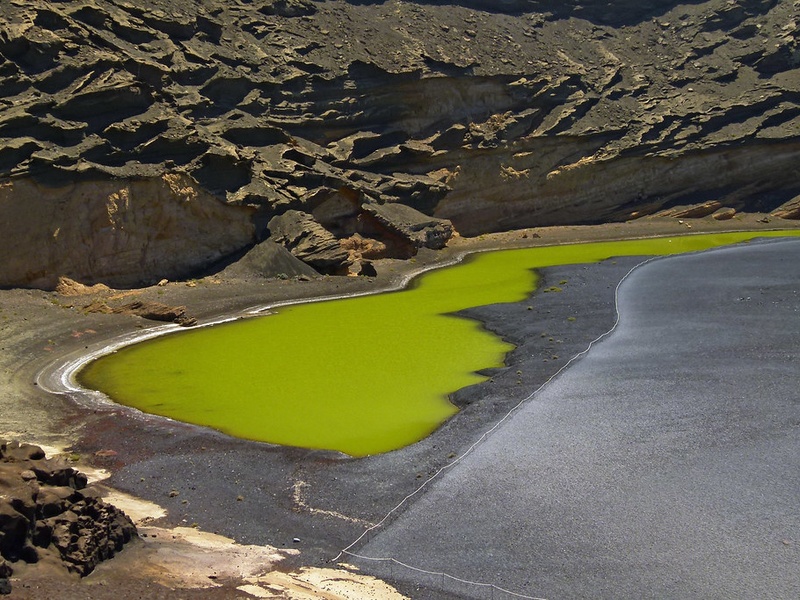
Lago Verde
Lago Verde is a clear, green-tinted lake in southern Chile. Several regions have lakes with this name. Include it to show color-driven place names and scenic diversity.
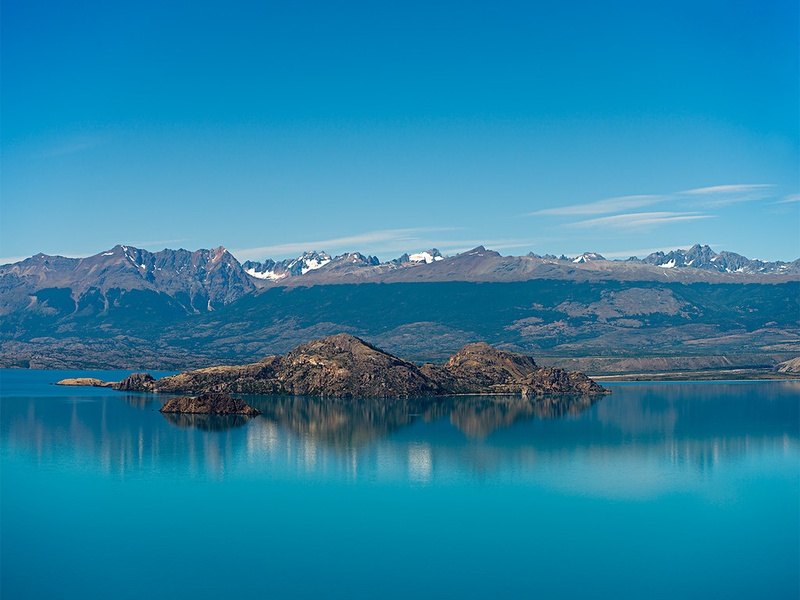
Lago General Carrera
Lago General Carrera is Chile’s largest lake by area and crosses the border with Argentina. It features famous marble caves and dramatic blue water. Include it for its size, geology, and tourist draw.
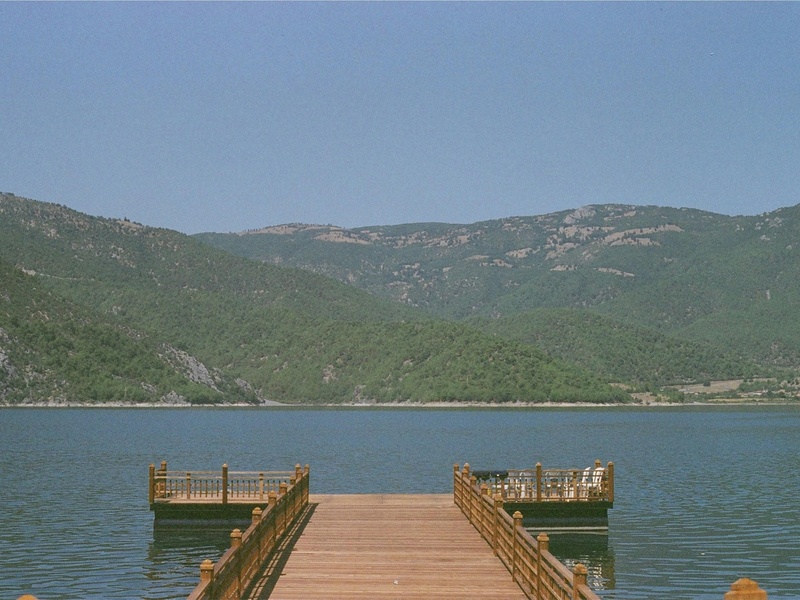
Lago Bertrand
Lago Bertrand is a glacial lake in Aysén with deep, cold water and mountain views. It connects to nearby lakes and rivers. Use it as an example of interconnected Patagonian lakes.
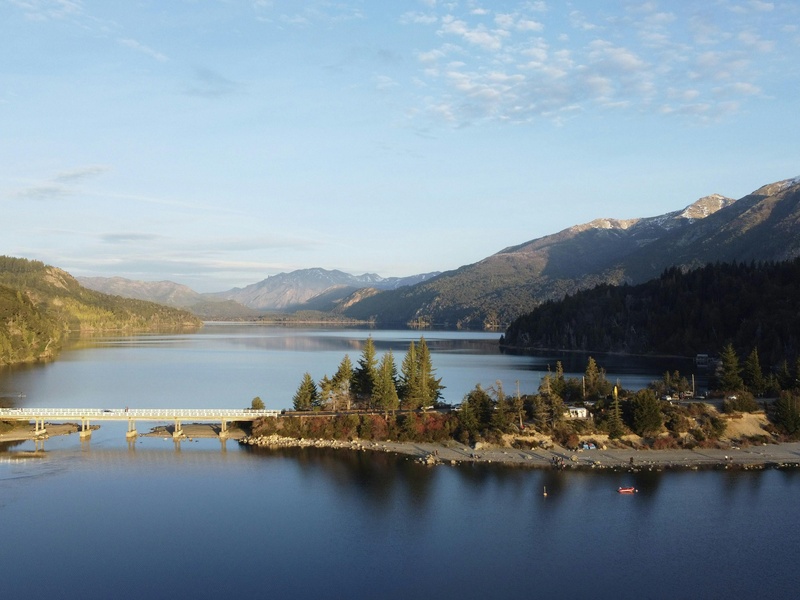
Lago Negro
Lago Negro (Black Lake) is a small glacial lake in southern Chile. Its dark waters sit amid forest and steep slopes. Include it to illustrate local lake names based on color and mood.
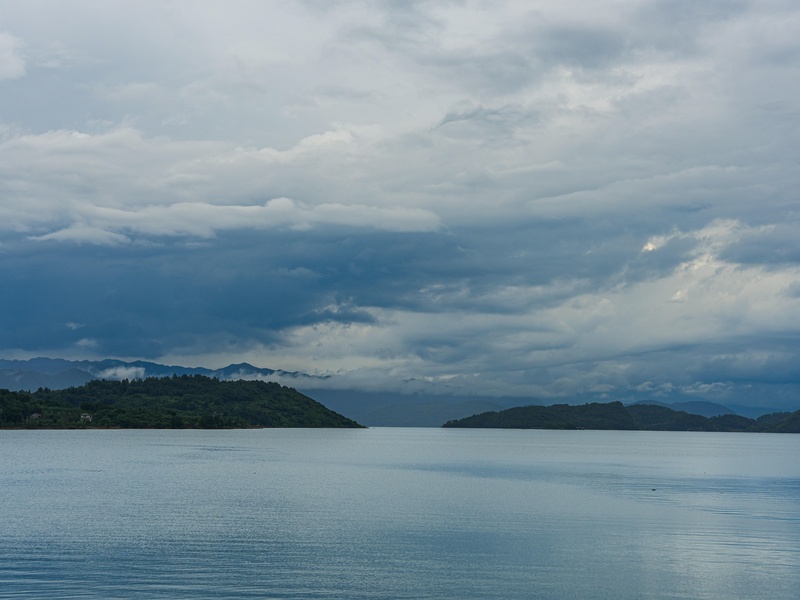
Lago Cochrane
Lago Cochrane is a deep Patagonian lake near the town of Cochrane. It lies amid wild landscapes and glacial valleys. Include it for its remoteness and access to regional parks.
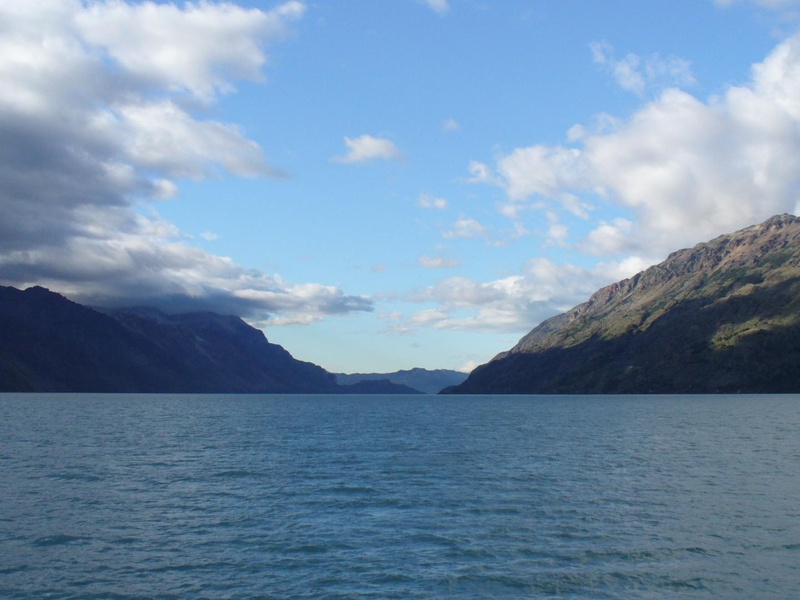
Lago O’Higgins
Lago O’Higgins is a large glacial lake at the southern icefields. It reaches deep fjords and sits near glaciers. Include it for its remote patagonian wilderness and cross-border connections.
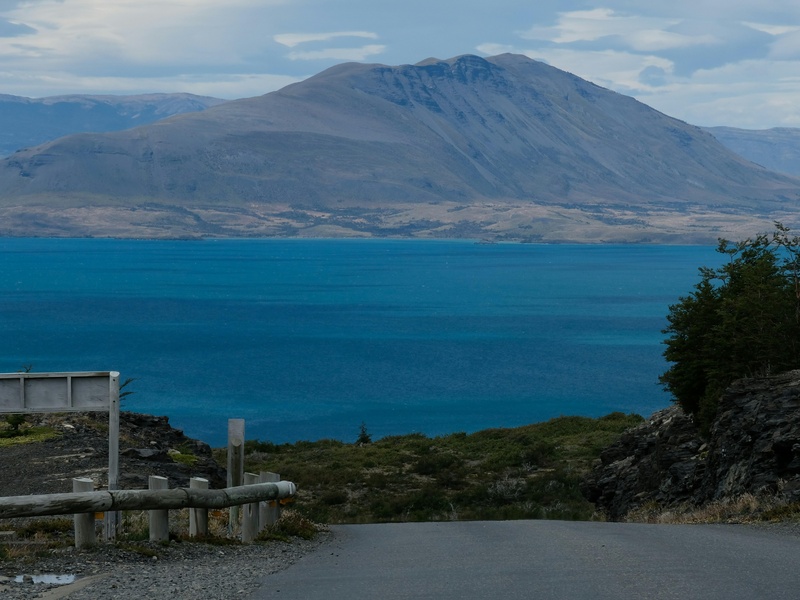
Lago del Toro
Lago del Toro is a remote island- and fjord-lined lake in southern Chile. It lies within rugged coastal mountains. Include it to show isolated Patagonian lakes that drain to the sea.
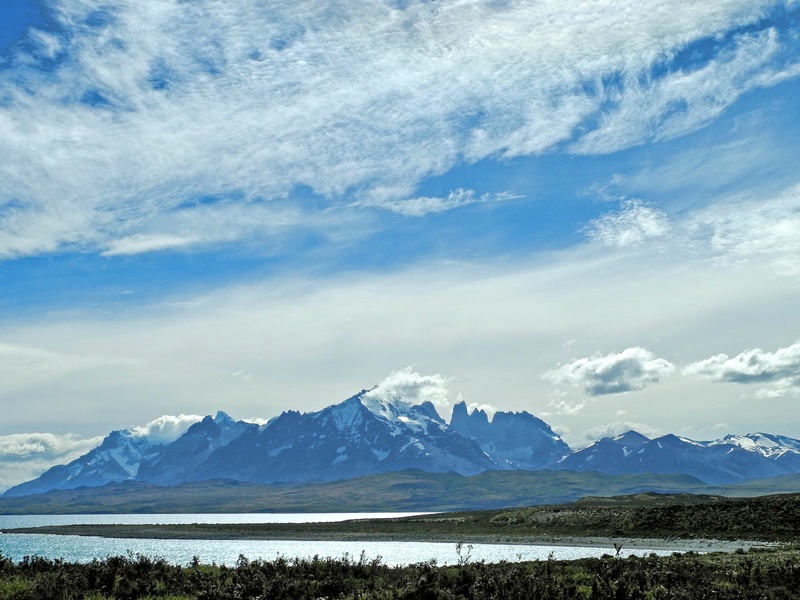
Lago Sarmiento
Lago Sarmiento is a wind-swept Patagonian lake in the steppe zone. It lies near dramatic plains and mountain fronts. Use it to represent the dry, windy lakes of southern Patagonia.
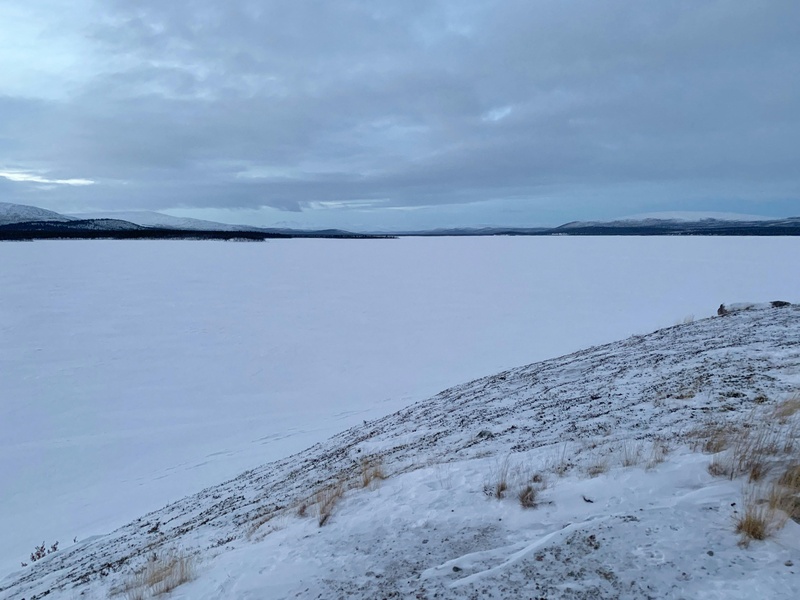
Lago Nordenskjöld
Lago Nordenskjöld sits inside Torres del Paine National Park. It shows bright glacial colors and mountain reflections. Include it for its iconic national-park scenery.
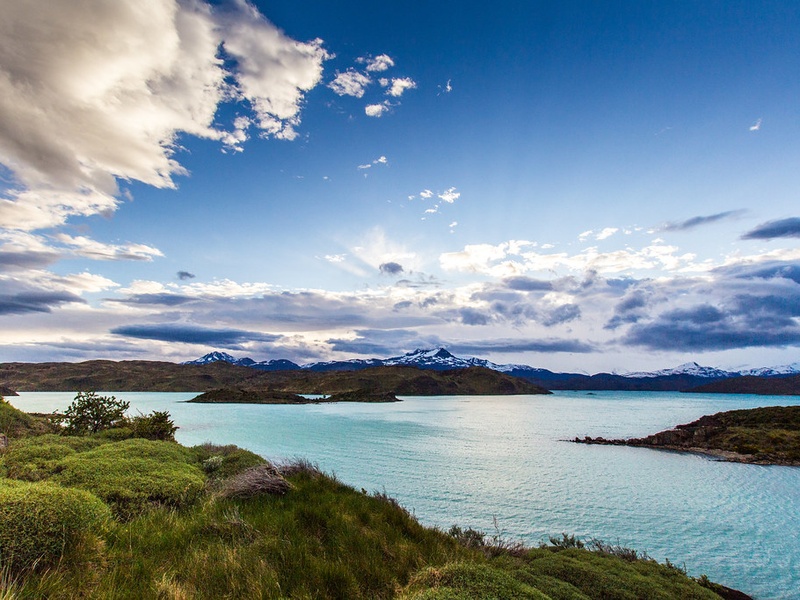
Lago Pehoé
Lago Pehoé is a turquoise lake under the Cuernos del Paine. It offers short hikes and boat views. Include it for its striking color and central park location.
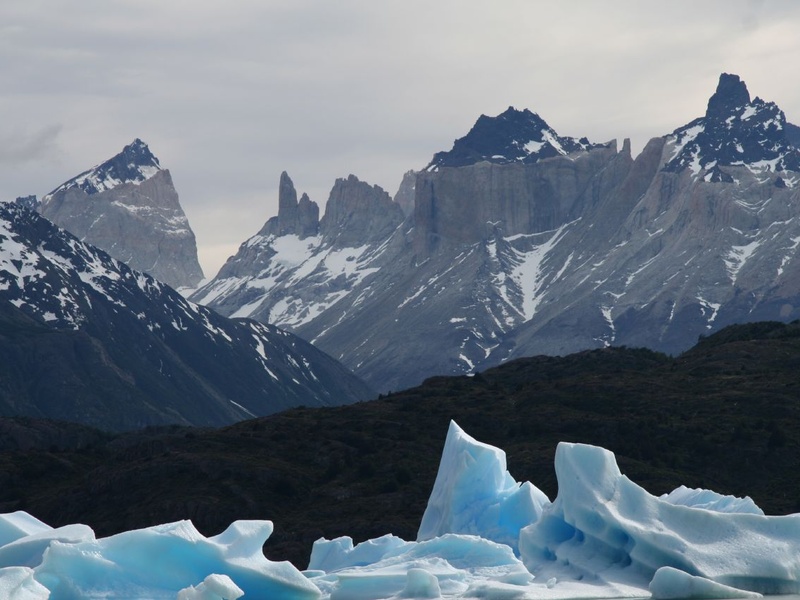
Lago Grey
Lago Grey lies at the foot of Grey Glacier. It carries icebergs and has cold, milky water. Include it for glacier access and dramatic ice-filled scenery.
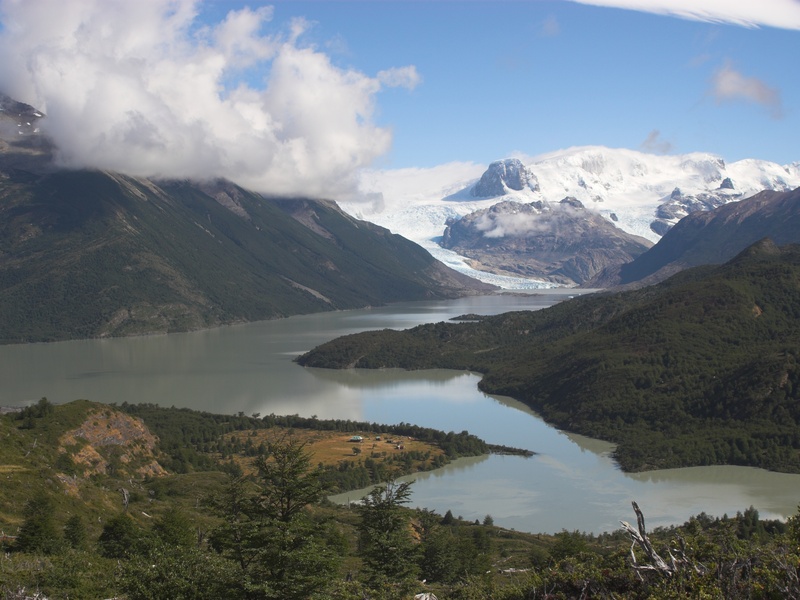
Lago Dickson
Lago Dickson is a small glacial lake in Torres del Paine with clear water and nearby peaks. It feeds rivers that cross the park. Use it to showcase lesser-known park lakes.
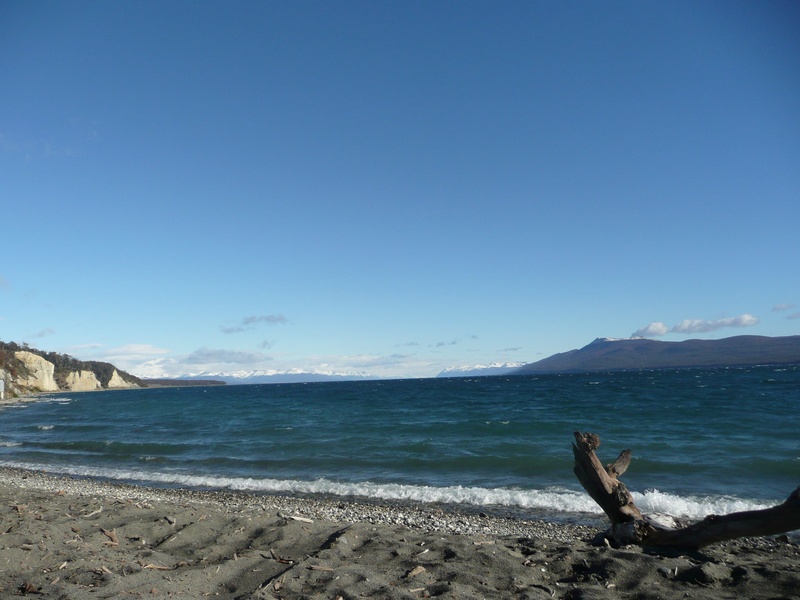
Lago Fagnano
Lago Fagnano is a long, east-west lake in Tierra del Fuego shared with Argentina. It spans steppe and low mountains. Include it for its size and location on the southernmost island.
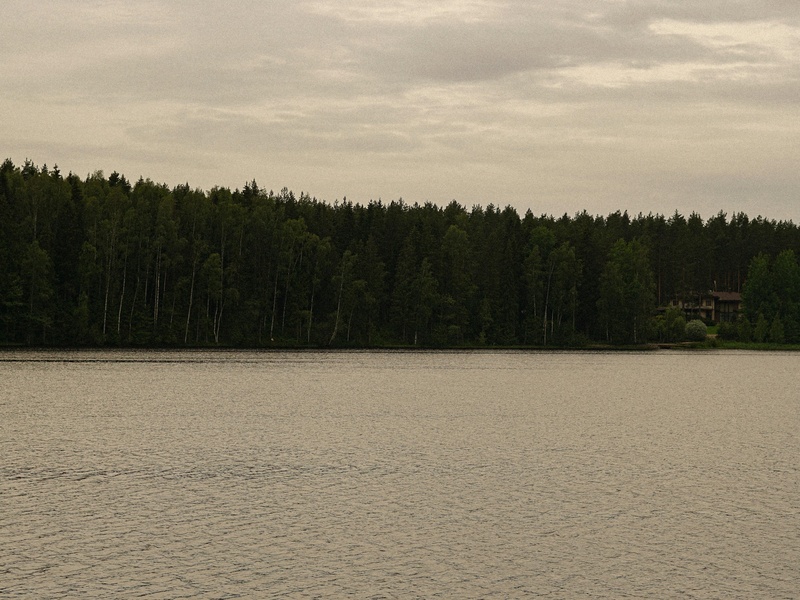
Lago Deseado
Lago Deseado is a Patagonian lake with open vistas and sparse vegetation. It lies on southern islands and steppe. Use it to show remote southern waterbodies.
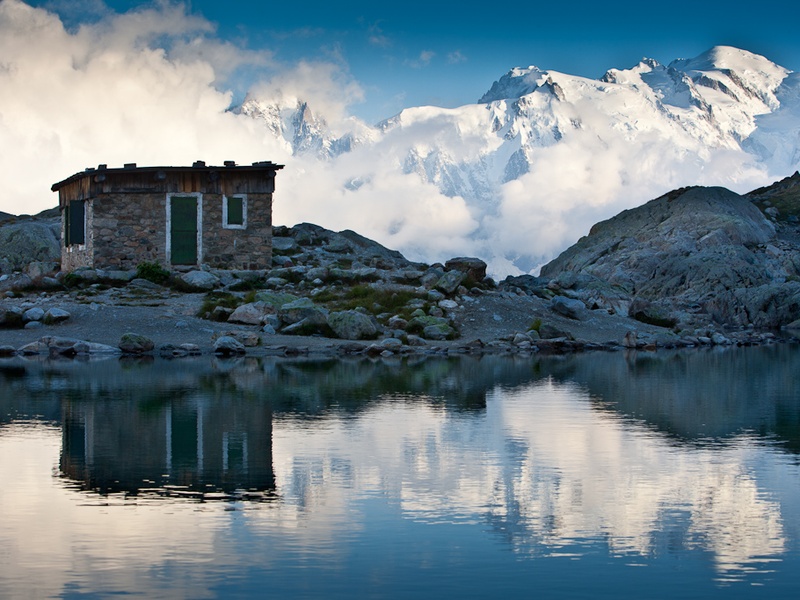
Lago Blanco
Lago Blanco (White Lake) is a glacially fed lake with pale water tones. It appears in several southern districts. Include it to show glacial influence on lake color and names.

